#Technology
IIHS Reports Pedestrian Detection Tech Rarely Works After Dark
The Insurance Institute for Highway Safety (IIHS) released a study on Tuesday that showcased just how badly advanced driving aids perform at night – specifically the automatic emergency braking systems that are linked to pedestrian detection.
This mimics earlier studies connected by the American Automobile Association (AAA), which frequently highlighted inconsistencies in driver assistance features in general. But nighttime was when things really started to come undone, with plenty of models failing to register that the simulated pedestrians used for testing were even there.
U.S. Drivers Seriously Starting to Sour on Autonomous Vehicles
Despite some of the world’s largest automakers promising commercially viable self-driving cars by 2020, autonomous vehicles have yet to manifest in any serious capacity. Granted, advanced driving aids have begun to usurp some amount of control from the driver. But they aren’t quite what was envisioned by the industry when everyone was a lot more optimistic about the technologies involved. This may also be true of consumers, who seem to have soured on the general premise of autonomous vehicles as they’ve started to learn all that might entail.
General Motors to Double Network for Super Cruise
It would seem the engineers at GM have been busy doing their sums. Super Cruise, their take on hands-free driver assistance technology, is set to double its reach. At present, SC will only work on certain divided highways and interstates around the nation. After this update, which is scheduled for later this calendar year, it’ll be functional on hundreds of thousands of additional miles of roads in the U.S. and Canada – including a combination of undivided and divided highway infrastructure.
Report: Some Automakers Abandoning AM Radio
An acquaintance of mine recently said he would never purchase an all-electric vehicle and offered up a reason I never heard before. “They don’t come with AM radio,” he said.
While this surprised me, shifting technological preferences have indeed started to change how automobiles and broadcasters interact. As an example, a gaggle of Mazda owners found their vehicles stuck tuned to National Public Radio this February after a local station transmitted an FM data packet that effectively froze the cars’ infotainment system amid the swap to next-generation broadband services. That transition has already caused some interesting problems for the industry and electromagnetic interference has likewise become the default explanation for automakers limiting your frequency band choice in certain vehicles. But it doesn’t explain why some companies are ditching AM radio outright. In fact, a little research has shown a lot of the explanations given by manufacturers leave a lot to be desired.
Digital License Plates Gaining Traction in U.S.
Michigan has opted to allow digital license plates, making it the third state – after California and Arizona – to give them legal backing. The state’s legislature passed the necessary laws in 2019, making it legal for vehicles registered in Michigan to utilize digital vehicle identification while traveling throughout the rest of the nation. But the company that produces them, Reviver, has only just recently found itself in a position to furnish them.
Apple Wants All the Screens In Your Car
If you’re like the vast majority of Americans, you have a smartphone in your pocket. And while the original purpose of these mobile devices was ostensibly for talking to other people, the truth is most of us use them for anything but talking to people.
Including interfacing with the system of modern cars. Android and Apple have been refining the abilities of Android Auto and CarPlay, respectively, for the last few years. Now, Cupertino wants to take that relationship further – a lot further.
GM Patents Autonomous Driving Instructor
General Motors has filed a patent for a driver-training system that utilizes a vehicle’s onboard sensing equipment to determine how well a novice motorist is handling themselves behind the wheel.
The objective is to offer driver education without the help of a flesh-and-blood instructor being present. Instead, the autonomous vehicle limits the amount of control offered to the student while constantly monitoring their progress. If they score well enough, additional freedom is awarded to the driver and the process begins again — this time with the vehicle looking to evaluate more advanced maneuvers while still keeping tabs on the basics. It’s quite a bit different than the standard practice of having someone sit beside you to take stock of your budding driving skills. But GM thinks it might have future applications and probably wants to lock it in with the United States Patent and Trademark Office (USPTO) before anybody else does.
Abandoned History: The Chrysler UltraDrive Transmission (Part II)
We finish up our Abandoned History coverage of the long-lived UltraDrive transmission today. The pursuit of simplification, modernization, less weight, and better fuel economy lead to the creation of the electronically controlled four-speed A604 marketed as UltraDrive. The idea floated around at Chrysler in the Seventies and then was greenlit and put into production (before it was ready) by an eager Lee Iacocca. A case of unfortunate timing, the new transmission arrived in 1989 at a time when there was almost no exciting news in Chrysler’s product portfolio. Thus the UltraDrive name was coined by marketing, and the new and advanced transmission was featured heavily in the company’s PR materials in 1989 and 1990.
The UltraDrive’s debut version was prone to numerous types of failures because of fluids and sensors, build quality, parts, really everything. But engineers at Chrysler quickly massaged the A604 into the improved 41TE that was ready for use midway through the 1990 build year. UltraDrive was up and running within acceptable reliability standards per Chrysler. Clearly, it was time to create more UltraDrive variations!
Abandoned History: The Chrysler UltraDrive Transmission (Part I)
The recent Rare Rides Icons post on the 1990 Chrysler Imperial Super-K Gingerbread Cookie Edition generated a few comments not only about the subject in question but its four-speed UltraDrive transmission. It seems more than one of you wants a discussion – no – an essay on the UltraDrive. Wish granted! Here we go.
Junkyard Find: 1984 Pontiac 6000 STE
Abandoned History: General Motors' High Technology Engine, and Other CAFE Foibles (Part IV)
We return to the saga of GM’s High Technology engine today, after taking a diesel detour in our last entry. Concurrent in the High Technology engine’s timeline, the Oldsmobile diesel’s failure was quick, but certainly not painless. It put the majority of American consumers off the idea of a passenger car equipped with a diesel engine. And by the time GM pulled the diesel from its various brand lineups, there was a strategy change over in HT4100 land: Not calling the engine HT anymore.
Adaptive Headlights Becoming Legal in United States
On Tuesday, the National Highway Traffic Safety Administration (NHTSA) announced it had finalized a rule permitting automakers to install adaptive driving beam headlights on modern vehicles. Despite having pioneered automatic headlamps in the 1950s, the United States has been hesitant to implement automatic leveling and directional beams. In fact, imported vehicles equipped with adaptive headlights have been modified to adhere to regional safety laws for decades.
But the implementation of light-emitting diodes, high-intensity discharge lamps, and even upgrades to tungsten-halogen bulbs has made forward illumination substantially brighter. If you’ve been driving a while, you’ve probably noticed increased glare from oncoming vehicles (especially if you’re in an automobile that’s situated closer to the pavement). Directional beams are supposed to help alleviate the problem and have been getting more attention from U.S. safety regulators. However, that’s only part of the reason why the NHTSA suddenly feels better about approving them.
Rare Rides Icons: The Second Generation Nissan Maxima, Approaching 4DSC
The PU11 Nissan Maxima was among the Japanese sedans to experience a complete identity shift in the mid-Eighties. Nissan was rebranding itself from a discount Datsun identity and took Maxima upmarket. Packed with technology and on its way to the 4DSC identity that defined the model, the Maxima deserves a place at the table with the V20 Camry and CA Accord. Let’s get technical.
Rare Rides: The 1989 Mazda MX-6, an Enthusiast's Four-wheel Steering Choice
Today’s Rare Ride represents the rarest subset of a vehicle that was for most, an afterthought. A sporty coupe ignored in its day, the MX-6 was by most accounts a handsome car that was fun to drive. Particularly elusive is the MX-6 behind today’s article. It has a manual transmission, is turbocharged, and has four-wheel steering. Could it be any cooler (Chandler voice)? Let’s find out.
Abandoned History: General Motors' High Technology Engine, and Other CAFE Foibles (Part III)
In today’s edition of Abandoned History, we return once more to the late Seventies engines of General Motors. After the disaster which was the V8-6-4 and the subsequent release of the quite flawed HT4100 V8, we take a sidestep today into diesel. Time for a turn with the cost-cut cast iron Oldsmobile oil burner that accompanied the troubled gasoline engines at GM dealerships across the country.




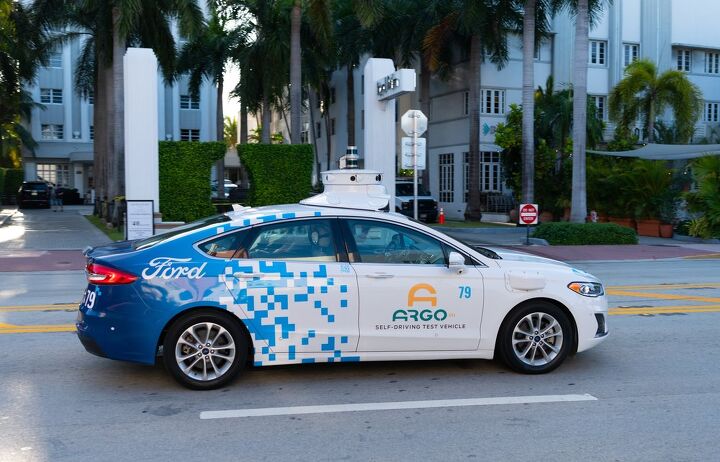
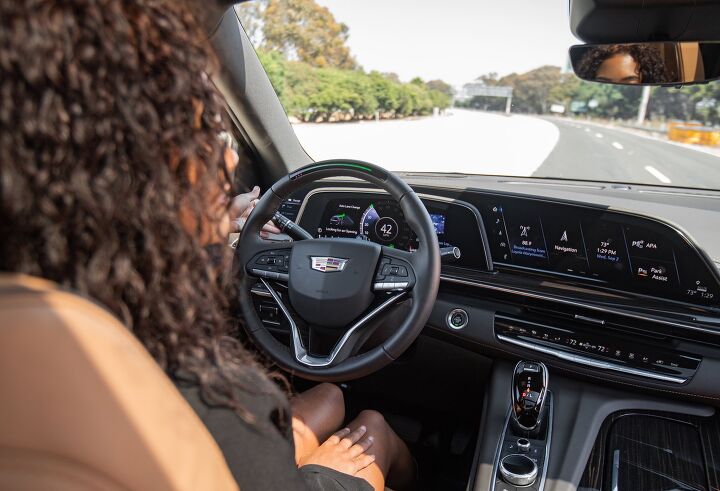




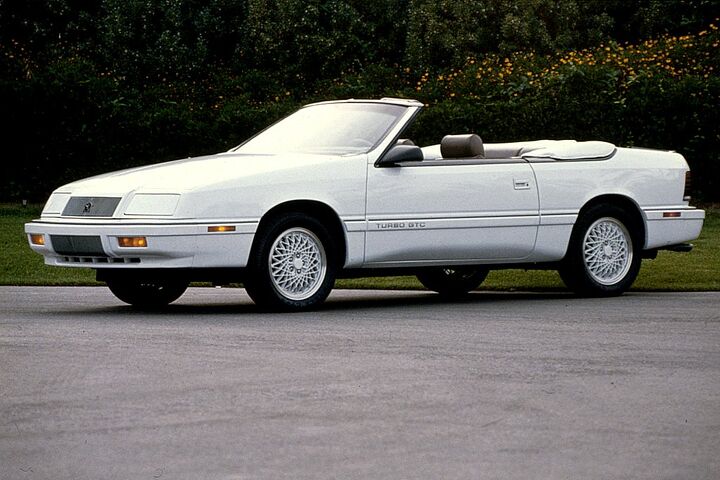

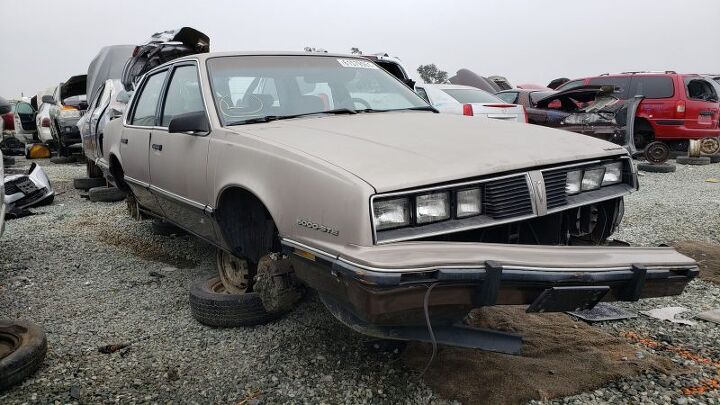
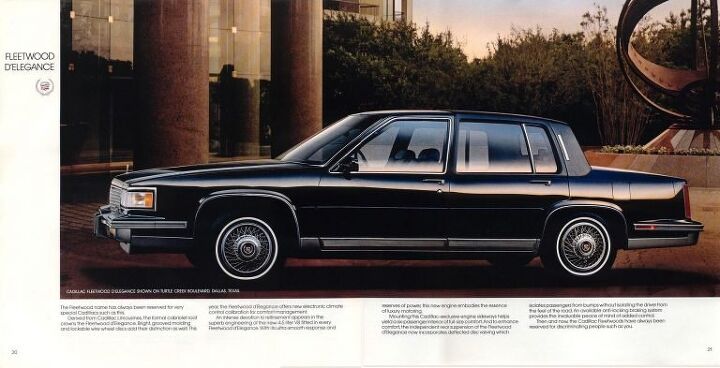
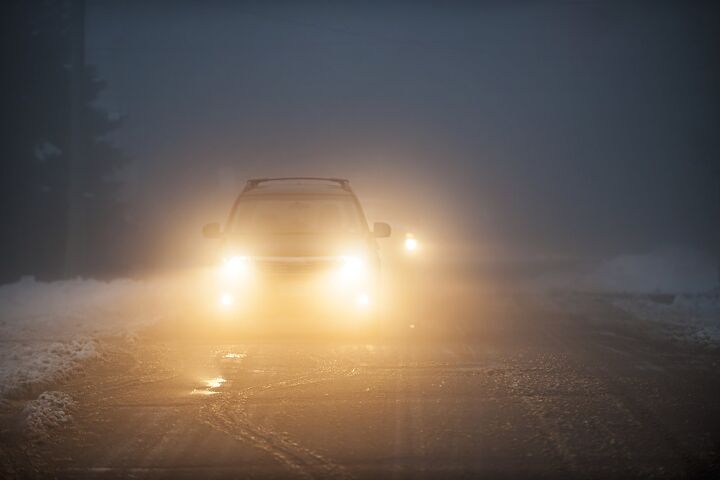
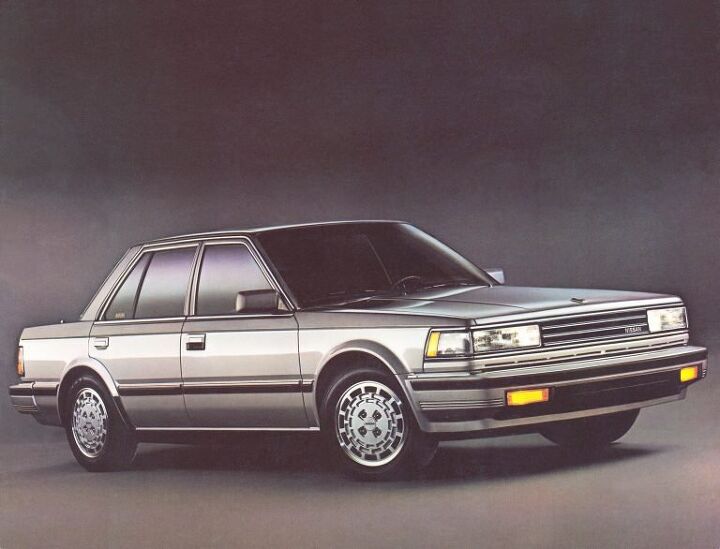
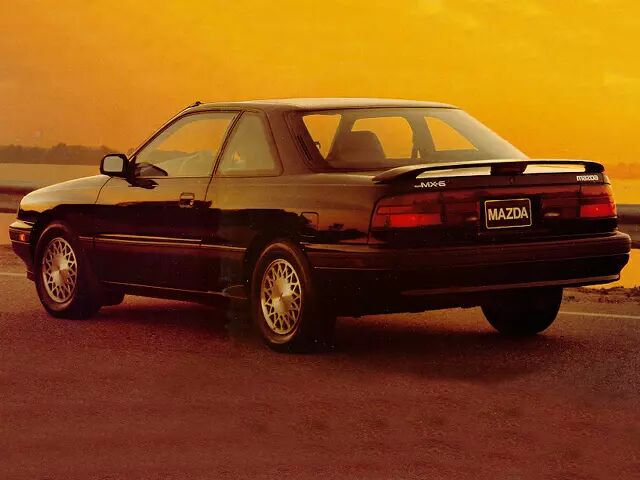












Recent Comments